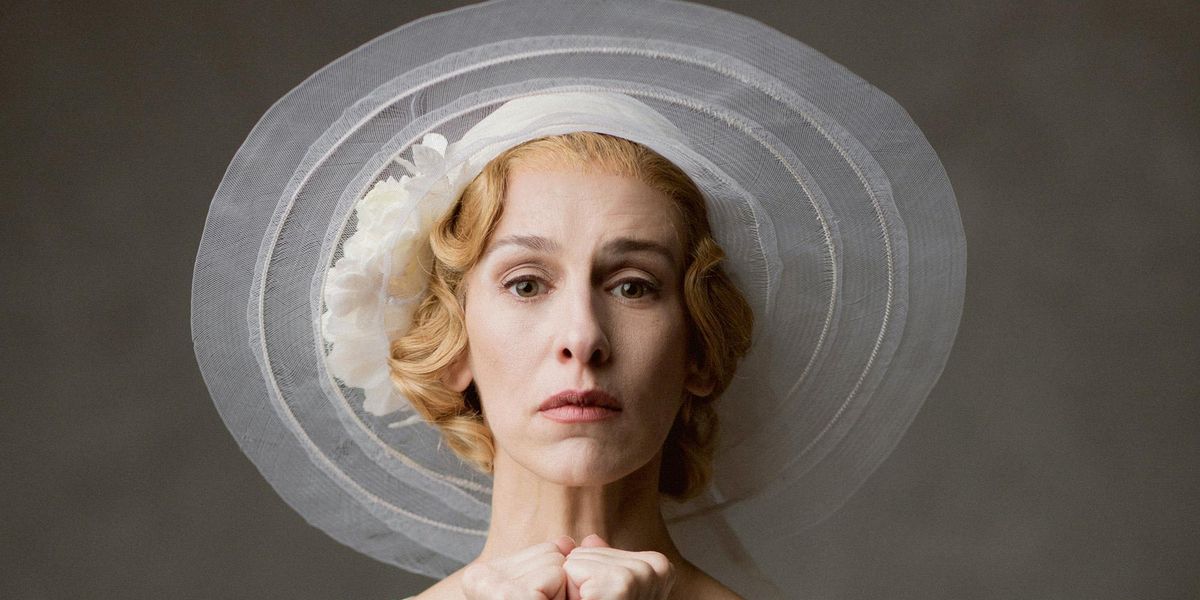Sonia Rodriguez on Becoming Blanche DuBois
John Neumeier’s 1983 ballet A Streetcar Named Desire is having its Canadian premiere this week. National Ballet of Canada‘s principal dancer Sonia Rodriguez will dance the iconic lead role of troubled southern belle, Blanche DuBois. Though based on Tennessee Williams’ famous play, Neumeier takes a new approach, beginning his retelling of the story after the play ends. We caught up with Rodriguez in the midst of a busy rehearsal day to hear about how she embodies this challenging role.
How did you prepare for this intense and at times very dark role?
She’s a very iconic character. The good thing is that there’s a lot of information about that. So just like I do with any other sort of character role, I try to gather as much information as I can about what it’s based on. I developed my own sort of impression of who Blanche is from the play and movies, and then you have to see what the choreographer was really trying to say. Most of John Neumeier’s ballets, even if they’re based on other books, are always based on the imprints that he gets from them. He tends to take some liberty when telling the story, and tends to develop the stories and the characters more so there’s a lot of background.
How does Mr. Neumeier’s version differ from Williams’ play?
The ballet starts where the play ends. And one of the most important things for John is to really give a good sense of who Blanche is, so that the whole story happens through her eyes and experiences. We all experience stories differently. I think if he had chosen another character from Streetcar to follow, the ballet would have been completely different. He shows who she’s become, and why she’s in this state. The whole first act is a flashback before the play begins, before she arrives in New Orleans. You think that you know a character, and then John digs deeper and deeper and tries to make you undertand who this character is.
What’s it like work with Mr. Neumeier?
He’s wonderful to work with. What’s so nice is that he approaches his work fresh with each new company. He likes to see how we tackle it and then he sees that with new eyes too. We don’t feel restricted to try to replicate something that already existed, so it becomes very individual. Within the structure of it he has very strong ideas about what it’s supposed to be.
It’s also emotionally based, and everything has a movement and a purpose. There aren’t empty movements with him. I find the whole process extremely rewarding. Very draining, but you feel so much of yourself and feel so fulfilled at the same time.
Do you have any advice for dancers who are approaching roles with a heavy acting component?
To me, even when roles are not so obviously character based, it’s important to have a sense of what I’m trying to express, whether it’s movement or music—there still has to be some sort of emotional intent for me. I do that with any role, because at the end of the day I’m trying to impact my audience in a certain way, to move them, or transport them to a different place. I’m trying to make them experience different feelings that they might not be able to otherwise, to recognize things that they see in themselves that they might otherwise be trying to avoid. I think that’s why I love ballets like this, because there’s no hiding.
Any closing words?
I feel so fortunate to be able to tackle this wonderful work. I think it’s probably one of those roles of a lifetime. And I’m looking forward to sharing it with everybody and experiencing it onstage for the first time.
For more news on all things ballet, don’t miss a single issue.





